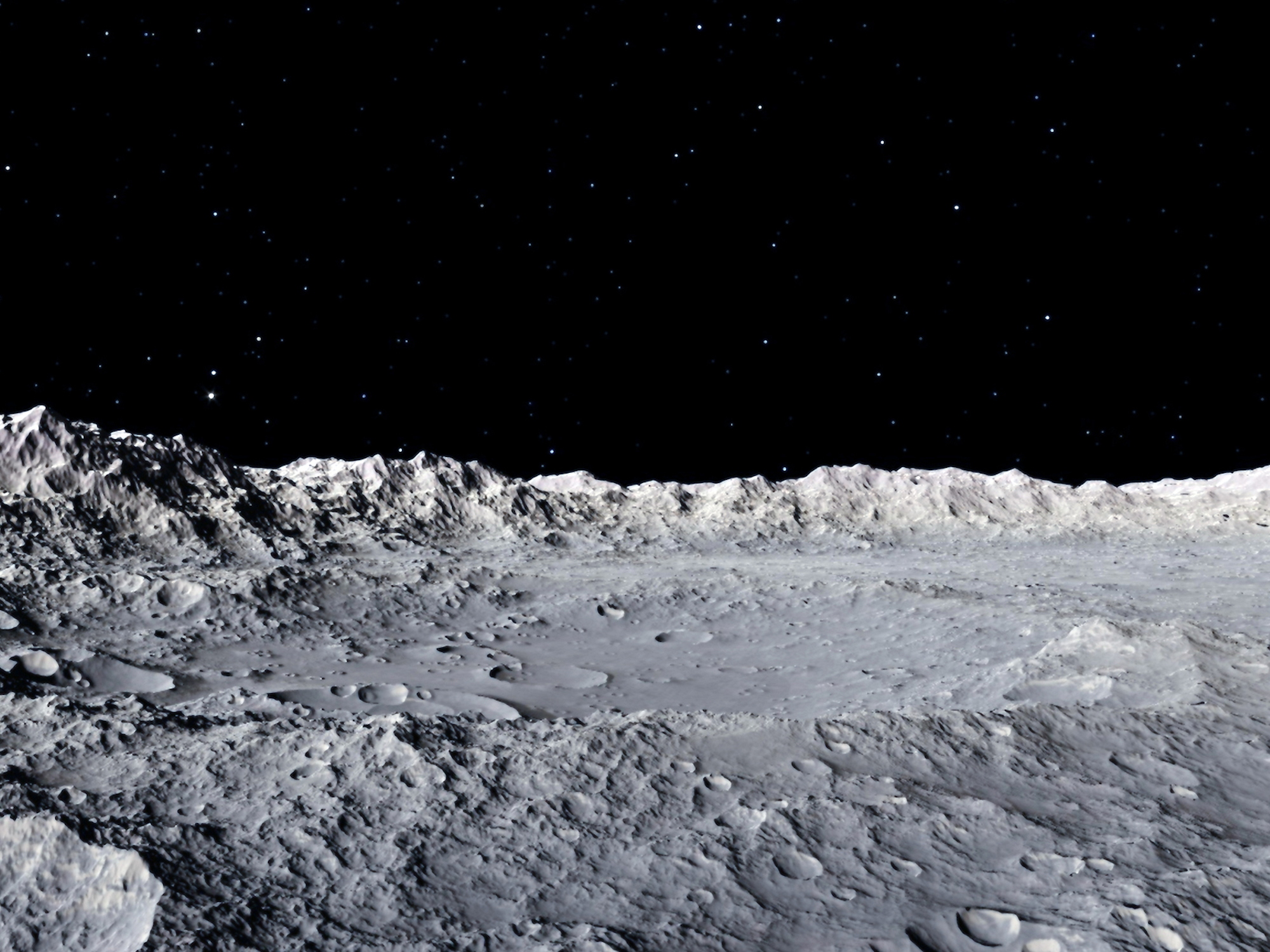

NASA hopes to take us back to the moon for an extended stay via its Artemis lunar program, but lots of logistics still need to be worked out before we can safely set up on the moon for the long haul. One such hurdle is the actual material astronauts will use to construct a permanent lunar base, which will require a host of engineering considerations we normally never need to think about down here on Earth. Thanks to recent breakthroughs, however, Artemis organizers could at least save themselves a lot work of schlepping materials back and forth between Earth and the moon by 3D-printing base camp building blocks directly on the lunar surface using debris and saltwater.
[Related: What’s next for Artemis 1.]
According to an announcement earlier this week via the University of Central Florida, a team from the school’s Department of Mechanical and Aerospace Engineering developed a new construction material composed partly of lunar regolith—the loose rocks, dust, and other debris covering the Moon’s surface. Using both 3D printing and a method called binder jet technology (BJT) in which a liquid binding agent (in this case saltwater) is infused into a bed of moon powder supplied by UCF’s Exolith Lab, Associate Professor Ranajay Ghosh’s group was able to produce bricks capable of withstanding pressure of up to 250 million times greater than our own atmosphere.
Although the initial cylindrical bricks produced are comparably weak, blasting them with 1200 degrees Celsius heat strengthened them enough to be a viable tool in the eventual structures NASA hopes to establish on the Moon, such as a modular cabin and mobile home. “This research contributes to the ongoing debate in space exploration community on finding the balance between in-situ extraterrestrial resource utilization versus material transported from Earth,” Ghosh said in UCF’s announcement. “The further we develop techniques that utilize the abundance of regolith, the more capability we will have in establishing and expanding base camps on the moon, Mars, and other planets in the future.”
[Related: Why NASA’s Artemis is aiming for the moon’s south pole.]
Apart from the structural stability, one of the chief benefits would be a dramatic reduction in material costs for the Artemis lunar base. It’s a lot cheaper to hypothetically produce at least some of your needs on the moon instead of lugging them up via extremely expensive shuttle launches. As such, the regolith bricks could also bode well for future bases on Mars, too. It definitely beats a suggestion last year from a Manchester University student that involved constructing abodes using human blood and urine as their binding agent.
